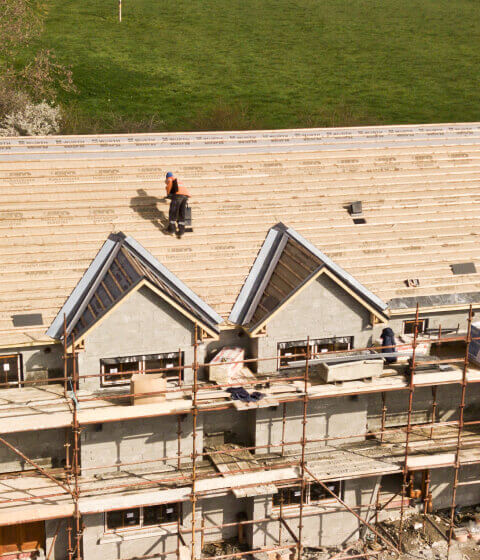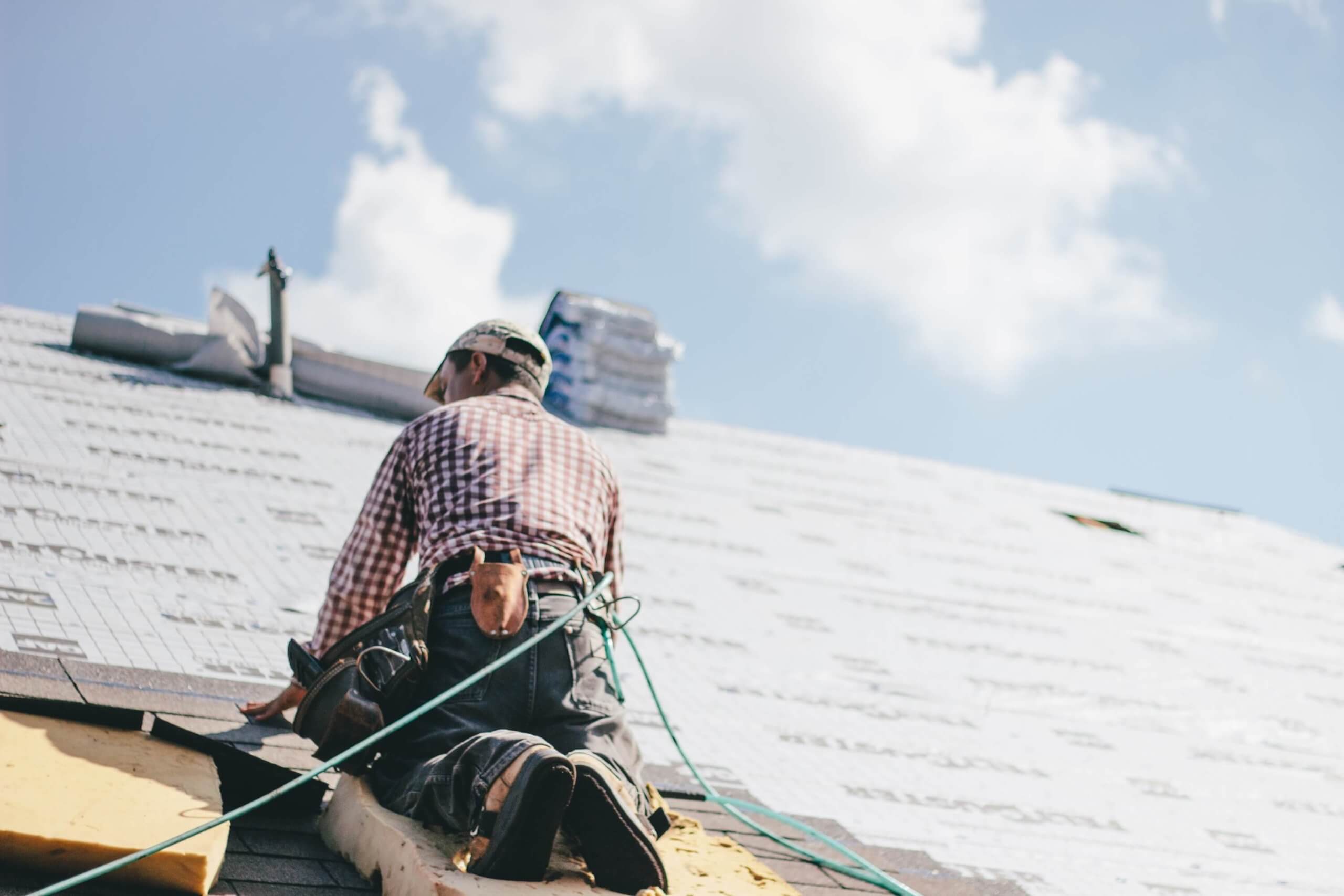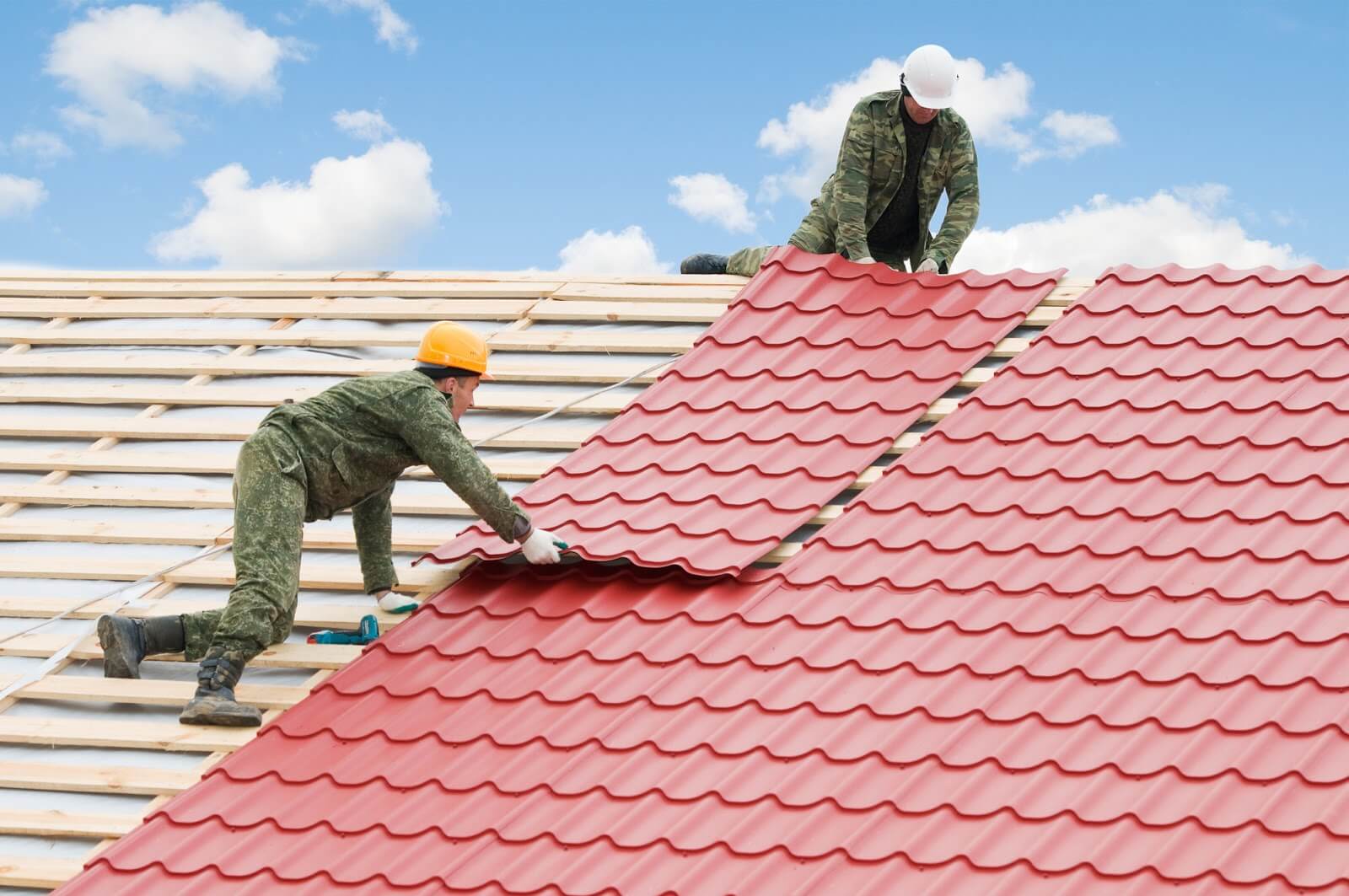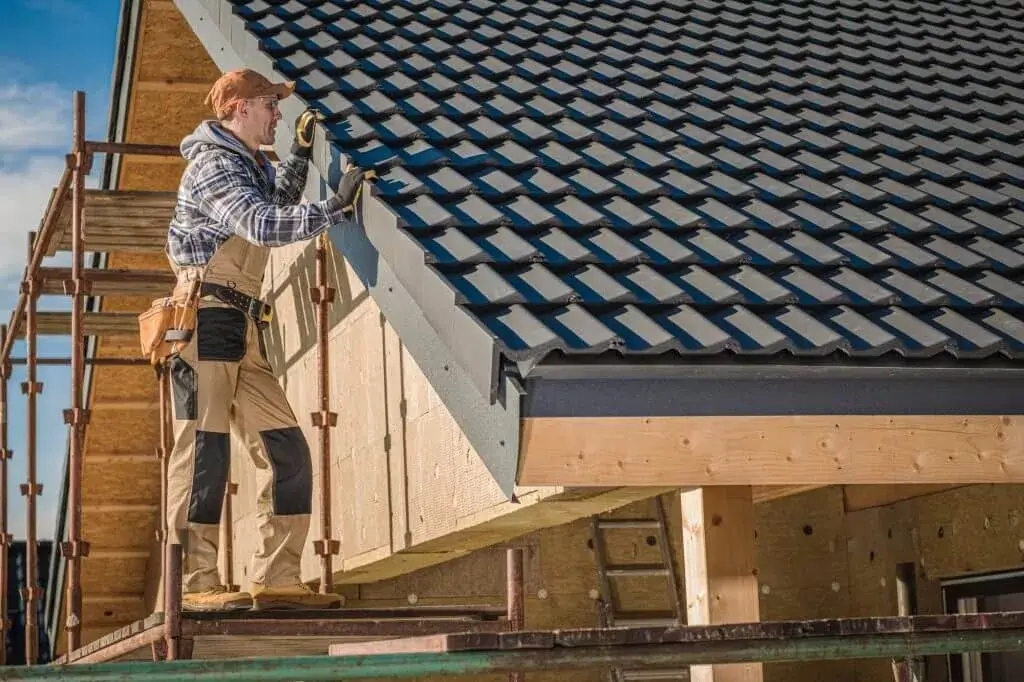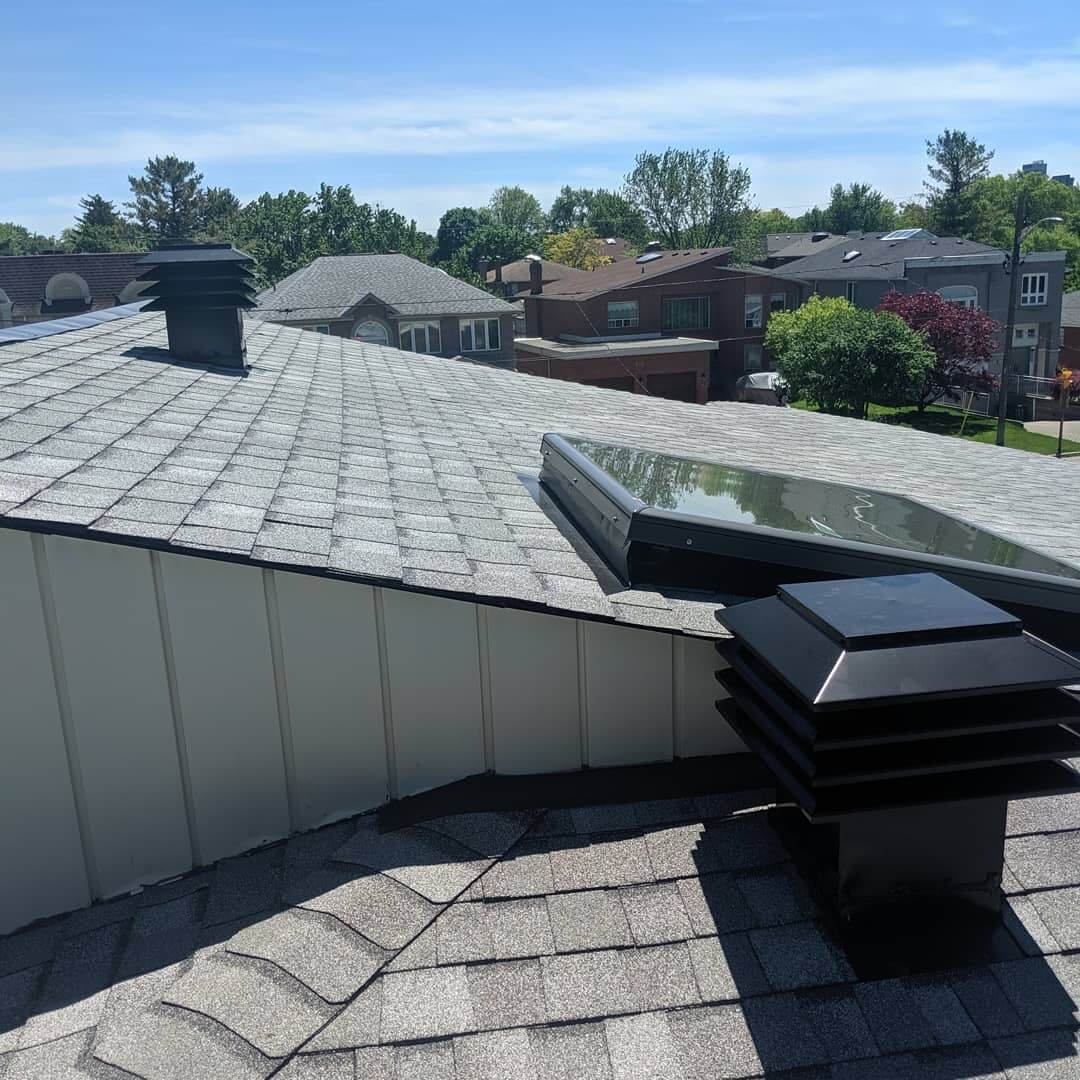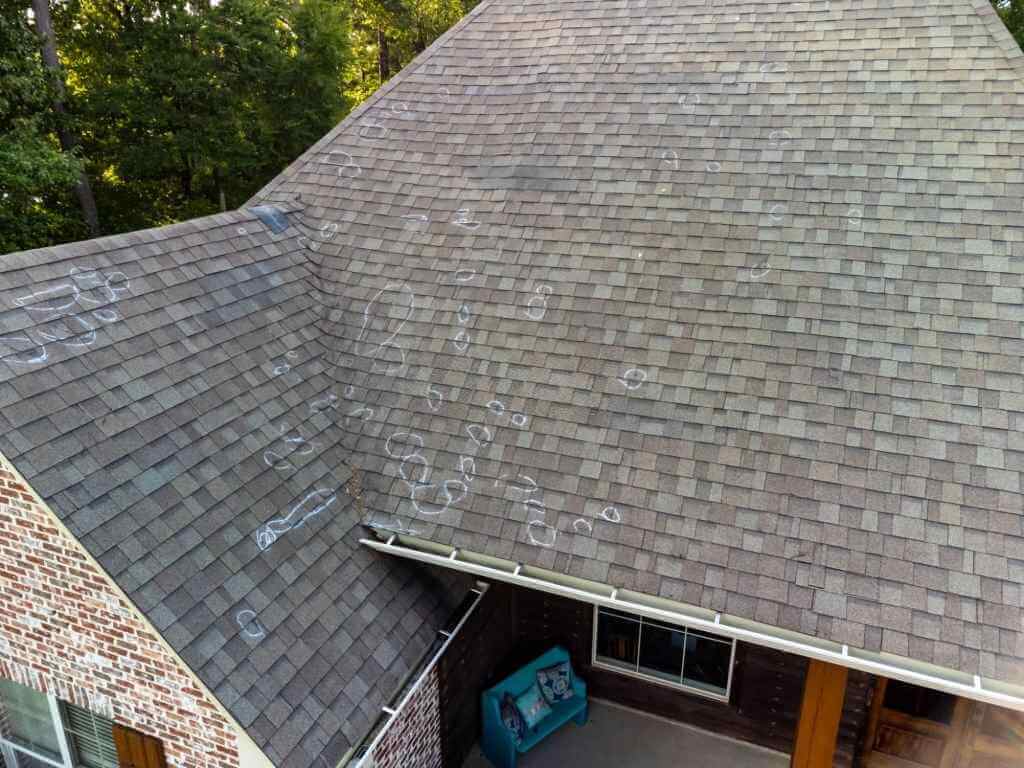We take pride in producing and installing the best quality roofing systems available in the market. Still, we all know that though roof materials are built to withstand the elements, there will come a time that it will need to be refurbished or replaced.
Our roof installations are specially engineered to serve their purpose for many decades reliably. However, if you’re a second or third-generation property owner, chances are you will be faced with roofing updates and repairs in your lifetime. How long does a roof last, and what can you do to make it serve longer than intended? Let’s discuss the different types of roofing systems and the average lifespan for each one.
What Factors Impact How Long A Roof Lasts?
There are many factors the impact how long a roof lasts, and these consist of both natural and usage-related reasons. There are instances that your roof will be severely damaged due to poor weather conditions, but this is something that cannot be controlled; you will need to repair or overhaul your entire system when this happens.
In general, a roof lasts as long as 30 years, but its actual performance will depend on many issues. We highlight 6 factors that can affect your roof’s lifespan.
-
Material
The type of material you use for your roof is one of the factors that determine how long it will last. For example, asphalt shingles are popular in Canada and the US because they offer better durability and energy efficiency compared to metal or tile roof materials. In addition to function, they are also relatively stylish. Each type of roofing material provides different durability degrees, which makes them last longer or shorter when exposed to other conditions.
-
The elements
Nature is the biggest enemy of any roofing system. Although your roof is purposely designed to withstand heavy rains, strong winds, hailstones, and other elements that might lead to corrosion and damage, constant exposure to these will eventually weaken even the strongest installations. The damage might not happen in an instant, but you will notice it when your roof starts fading, the sheets begin thinning, and you start seeing little cracks and holes here and there.
-
Installation and maintenance issues.
When your roof was installed or maintained, the quality of the work is a huge factor to ensuring that it lasts long. Poor workmanship and installation jobs performed haphazardly and without technical know-how are sure to give you a roofing system that you will be forced to repair after just a few months or years. As the average lifespan of a well-made roof is 30 years, you will need to hire a trustworthy roofing professional who is updated and equipped with the latest knowledge and technology to handle the job.
-
Sun exposure
Daily exposure to heat makes your roof more prone to wear and tear. This is especially the case for dark-colored roofs as they are more likely to absorb energy than a lighter colored ones. Intense UV radiation from the sun also eventually degrades your roofing system. While how the sun impacts your roof is beyond your control, there is, fortunately, a way to secure your roof and make it less resistant to UV rays without compromising its aesthetic appeal. Certain roof coating products offer waterproofing, UV ray blocking, and oxidation-proofing, among others.
-
Ventilation
Roof degradation not only happens from the outside but also from within your property. When you have poor ventilation in your attic or the rest of your home, your roofing materials could gradually rust over time. Lack of circulating air also causes condensation, which then makes your roof more prone to moisture-related damage.
-
Insulation
Similar to ventilation issues, poor insulation can also wreak havoc on your roofing. When the temperature in your attic starts to rise, your roof could start cooking from the inside. This is especially true if you have asphalt shingles. When coupled with poor ventilation, it could become tough to regulate your attic’s temperature, eventually leading to mold formation, moisture damage, and other problems.
Different Roof Types: How Long Do They Last?
As mentioned earlier, the type of roof material you use in certain kinds of climate can determine how long it will last. This is paired with having the right roofing contractor to perform the job excellently. Let’s talk about the different roof types and their average lifespans.
Asphalt Shingles
Asphalt shingles typically last from 20 to 30 years, depending on the type you use. Between the two most popular types of asphalt roofing materials, dimensional shingles generally last longer with a guarantee of 30 years, while three-tab shingles usually come with 25 years on their warranties. When properly installed and given the right ventilation and insulation conditions, both types of asphalt shingles can perform by a few years longer.
Metal Roofing
Metal roofs are the material of choice for many property owners because they are relatively cheap and can last as long as 70 years, depending on the material and workmanship quality. High-end metal roofs with gauges ranging from 22 to 24 are popular in the northern areas because they can send snow sliding down effortlessly. Such types of roofing can go as long as half a century. Meanwhile, if you choose the lower-end types of metal roofing materials, you can still get at least 20 years of service.
Wood Shakes and Shingles
If you’re up to conducting annual maintenance work on your roofing, then having wood shingles and shakes are a good choice because they can go as long as 30 years. In addition, wood roofing materials look beautiful in any house, though you must also be ready to find some splitting or warping over time. However, all these you can effectively delay or prevent by committing to regular checks and update work.
Clay Tile Roof
Clay tile roofing systems are known to last 50 years or more, depending mostly on the climate. These materials are offered in many beautiful earth colors that will further highlight your home’s architectural beauty. Besides, clay tile roofs are low maintenance and highly durable. On the average, they could last as long as 30 years before any major rework needs to be done, depending on upkeep.
Slate Tile Roof
Slate is a type of natural stone that is cut into uniform sizes to create tiles for roofing. They are pretty expensive compared to the other types of roofing materials mentioned here but rightly so. Slate tiles are built to withstand degradation from exposure to the elements and hold firm even in the middle of a storm. Perhaps the only downside to such material is its weight, besides the cost, so they are chosen for thick and heavy structures that can support them. Most slate tile manufacturers offer a warranty of 50 years to a lifetime.

